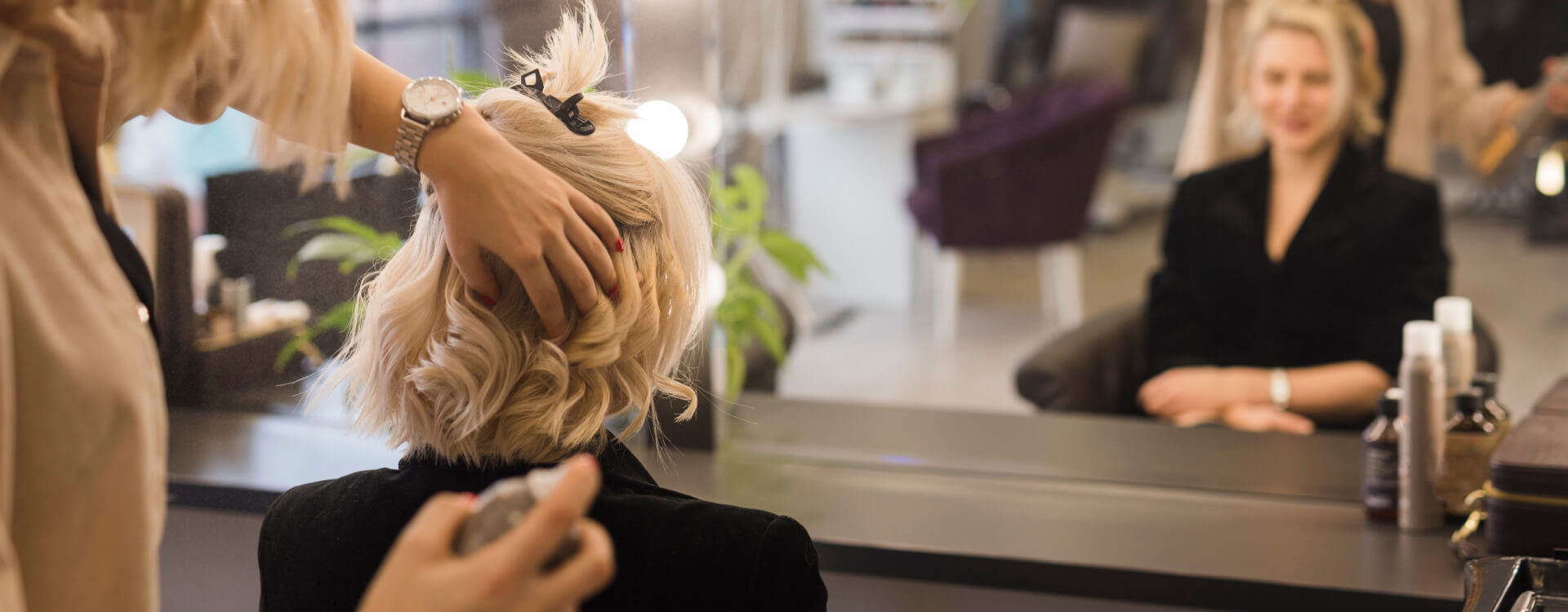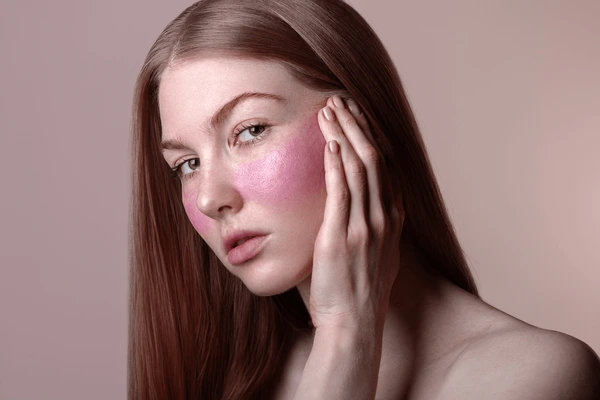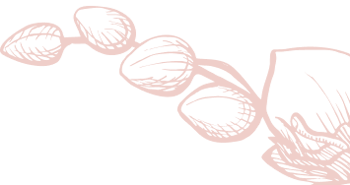
About
Rosacea
Suffering from rosacea flare-ups? At The Velvet Skin Centre, Indira Nagar, Lucknow, our expert skin specialist provides proven treatments to calm redness and improve skin texture.
Book Appointment NowCall to book Appointment +91 8002558860

About
Suffering from rosacea flare-ups? At The Velvet Skin Centre, Indira Nagar, Lucknow, our expert skin specialist provides proven treatments to calm redness and improve skin texture.
Book Appointment NowAt Dr. Asma Skin Care Clinic in Lucknow, we understand how rosacea can impact your appearance and self-esteem. Rosacea is a common chronic skin condition that causes redness, visible blood vessels, and in some cases, pimples on the face. While the exact cause of rosacea is unknown, factors such as genetics, environmental influences, and certain lifestyle habits can trigger flare-ups. Dr. Asma and her team specialize in treating rosacea with a variety of safe and effective options tailored to your skin’s unique needs.
Rosacea often presents as persistent redness on the cheeks, nose, forehead, or chin. It can also cause swelling, irritation, and even eye problems. While rosacea is not curable, it can be managed with the right treatment approach, allowing you to enjoy clear and healthy skin. At Dr. Asma Skin Care Clinic, we offer advanced treatments, including laser therapy and topical medications, to control the symptoms of rosacea and reduce redness.

Rosacea is a chronic condition often triggered by genetics, environmental factors, and lifestyle habits. It causes redness, visible blood vessels, and pimples on the face. At Dr. Asma Skin Care Clinic, we offer effective laser treatments and topical therapies to manage rosacea and reduce flare-ups.
While there is no cure for rosacea, it can be effectively managed with treatments like fractional CO2 laser therapy and topical medications. These treatments reduce redness, irritation, and inflammation, helping maintain a clear complexion.
Results from rosacea treatments, such as laser therapy, typically appear within 2-4 weeks. Consistent treatment at Dr. Asma Skin Care Clinic can help control symptoms and prevent flare-ups.
Side effects are rare but can include temporary redness or swelling after laser treatments. Dr. Asma ensures that the treatments are tailored for minimal discomfort and optimal results.
Yes, certain foods like spicy foods, alcohol, and hot drinks can trigger rosacea flare-ups. Dr. Asma Skin Care Clinic provides guidance on managing triggers along with medical treatments for better control of symptoms.
Yes, rosacea tends to run in families. If you have a family history of rosacea, you're more likely to develop it. Dr. Asma Skin Care Clinic offers tailored treatment plans to manage hereditary rosacea effectively.
The cost of rosacea treatments in Lucknow ranges from ₹2,500 to ₹8,000 per session, depending on the treatment method. Dr. Asma Skin Care Clinic offers affordable pricing for laser rosacea treatments and other therapies.
If left untreated, rosacea can cause permanent skin changes, including thickened skin or visible blood vessels. Early intervention with laser therapy and topical treatments at Dr. Asma Skin Care Clinic can prevent permanent damage.
About
About
With multiple skin and hair care clinics across Lucknow, including The Velvet Skin Centre led by Dr. Asma – the best skin doctor in Lucknow and a trusted hair specialist doctor in Lucknow – we make expert dermatological treatments easily accessible, ensuring you receive the best care close to home.
Phone: +91 8002558860
Phone: +91 8002558860
Phone: +91 8002558860

Copyright @ 2025 The Velvet Skin Centre All Rights Reserved